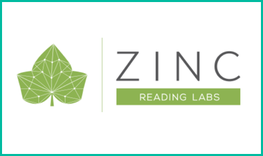
Zinc is built around a 4-step model that seeks to Teach → Train → Test → Target (and then repeat).
It’s important to note that all of these steps are personalized to individual students’ needs and ability levels. When students first begin using Zinc, they’re presented with an initial diagnostic so the program can understand their specific level. Teachers can also see detailed reports and analytics as students work within Zinc.
During the initial “teach” phase, students learn vocabulary and close reading skills. The vocabulary sets are structured in different sets, which go from a 3rd grade level (for struggling readers or ELL students) up to a college level. Zinc offers test prep sets (e.g., ACT, SAT), commonly taught text sets, as well as sets for all the different readings available on their site. Teachers can also build out custom sets and request words be added to the different collections.
These sets are also broken down into different tiers. Tier 1 words are for ELL students, and also offer Spanish support, as well as synonyms and definitions in Spanish. Tier 2 words are academic words that typically do not get learned through spoken, colloquial language. Finally, Tier 3 words are content specific words (e.g., chromosome, genetics) and can be used across secondary subject areas.
Zinc is built around a 4-step model that seeks to Teach → Train → Test → Target (and then repeat).
The goal with these vocabulary sets is to not just present the words as flashcards, or something where students see the words once and have to memorize it. Rather, the words are taught through a series of games and activities that are meant to reinforce the learning and help students actually understand what the word means, rather than just memorizing the meaning to pass a test or a quiz.
Based on this idea, Zinc uses the following method for teaching new vocabulary words: Priming → introducing (encoding) → practicing (storage) → Using (retrieval). Additionally, Zinc uses spaced repetition so that students see the words they are learning multiple times over a period of months.
You can see more of what this looks like from a student perspective by trying a vocab game here.
In terms of close reading, Zinc offers a series of activities and lessons that focus on helping students develop 7 close reading skills. These skills help students learn how to dig deeper into texts, and students are guided through these activities by videos featuring students their own age who offer instruction in bite-size, manageable chunks.
This feature is still in beta, but you can test out an exercise here.
Once students have gone through the initial “teach” phase, they move on to the “train” phase. This is where students take the skills they learned during the first phase and apply them to different articles on the site. In general, the articles in Zinc consist of 90% non-fiction pieces and 10% fiction and poetry pieces. However, they’re meant to be high interest pieces, that are centered around topics like sports, popular culture, music, politics, and things that students are interested in.
When teachers assign articles and readings, they can filter by specific standards, difficulty level, reading skills, or even by complementary text depending on what you’re already reading in the classroom.
Next is the “test” phase, and each piece of reading on Zinc includes a short assessment. These assessments are meant to help students prepare for standardized tests, and they include various test-prep strategies to help students better understand how they be more successful at these types of assessments. Students receive automatic feedback on every assessment they take, and teachers receive detailed reports on how their students are performing.
Finally, the “target” phase is where teachers can use the data and analytics they’ve received to help drive instruction and promote student growth. This progress monitoring can be shared with both students and parents as well, which can be beneficial in helping students take control over their own learning.
In general, there are a variety of use cases for how Zinc can be implemented in the classroom. Often it’s used as a warm-up activity or a way to pre-teach vocabulary. But it can also be beneficial to use the platform as a lesson hook, or to provide students with background knowledge over a particular topic. Additionally, Zinc can be assigned as homework, used as a reading intervention, or offered to ELL students as a way to provide additional reading support.
In terms of pricing, licensing is offered on a per student per year basis, and you can contact the team for more details.
In short, Zinc is an excellent platform for supporting secondary students in their development of reading skills. It’s the perfect resource for helping students learn vocabulary, and not just memorize it. Plus, it’s a great support resource to use in conjunction with the texts you’re already reading in the classroom. Their new close reading skills also help students develop the skills they need to actually understand a text, rather than just skim it.
Overall, if you are a secondary ELA teacher looking for a resource to support students at all reading levels, I absolutely recommend requesting a demo from their team.
I was not compensated for writing this review.

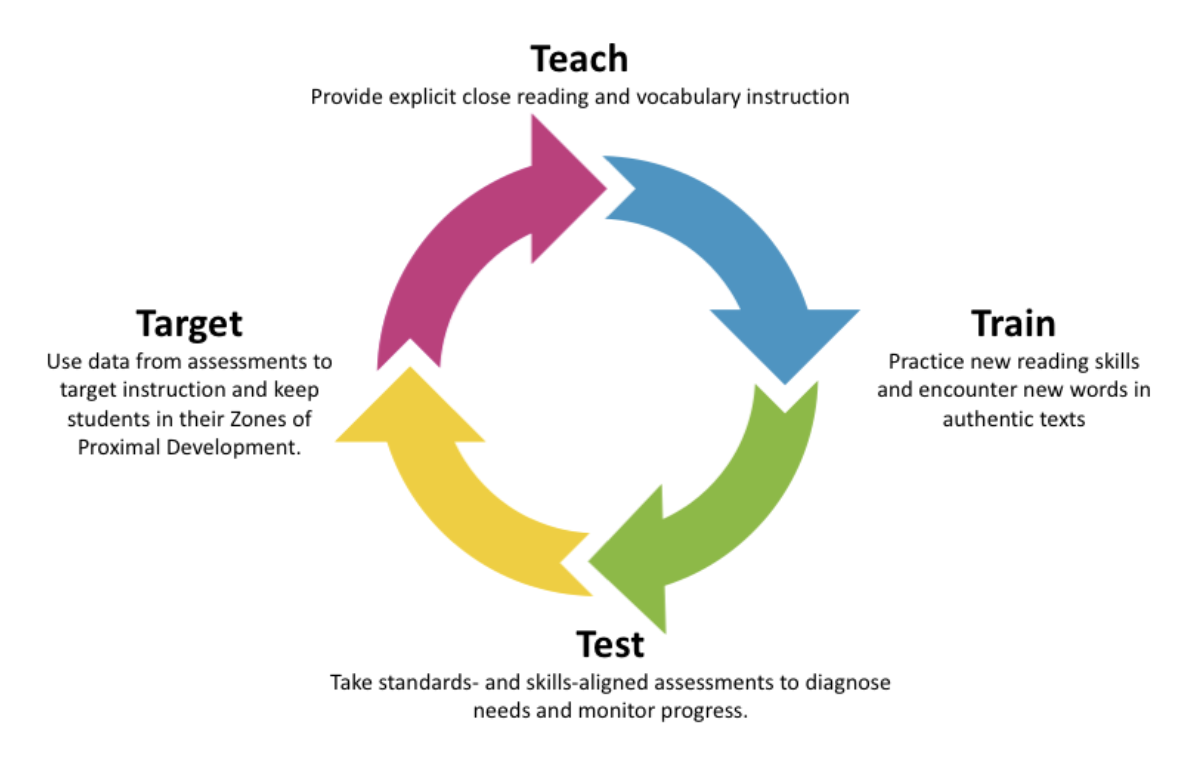
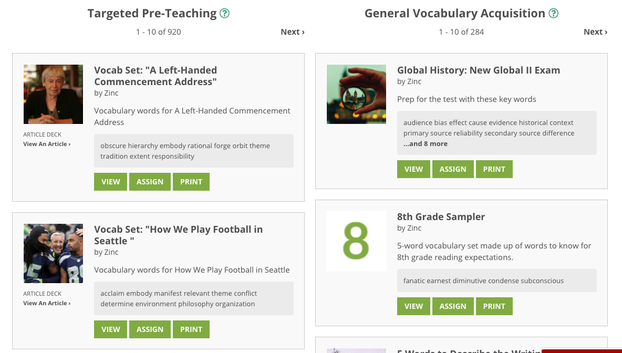
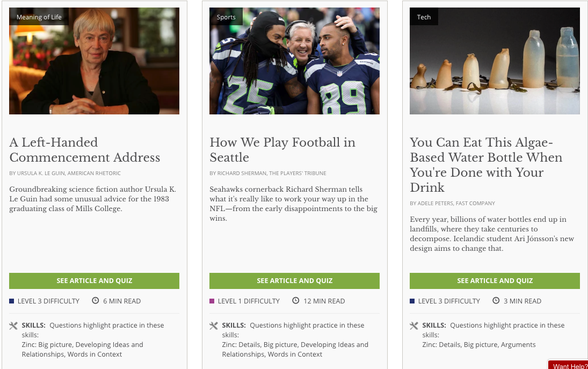
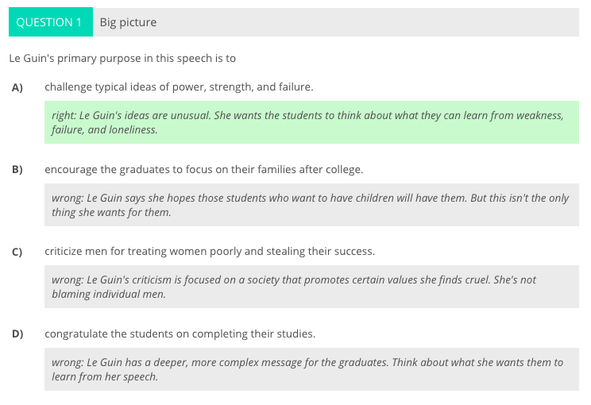
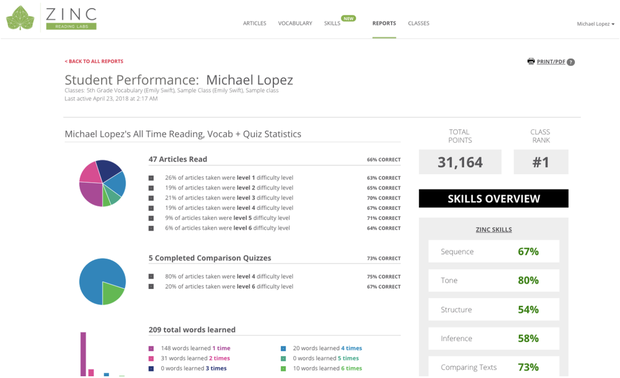



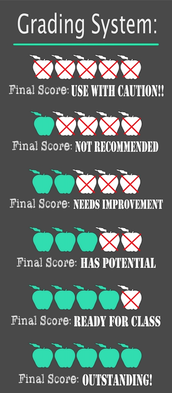



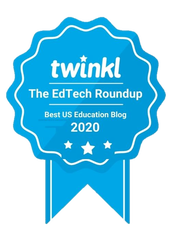
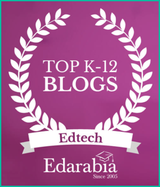
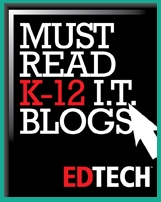
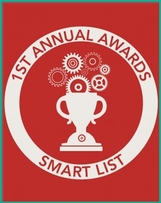
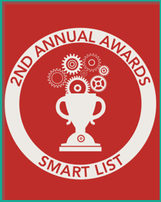
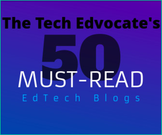
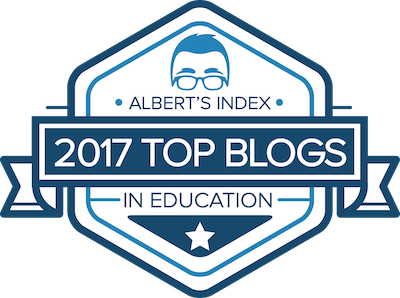
 RSS Feed
RSS Feed
